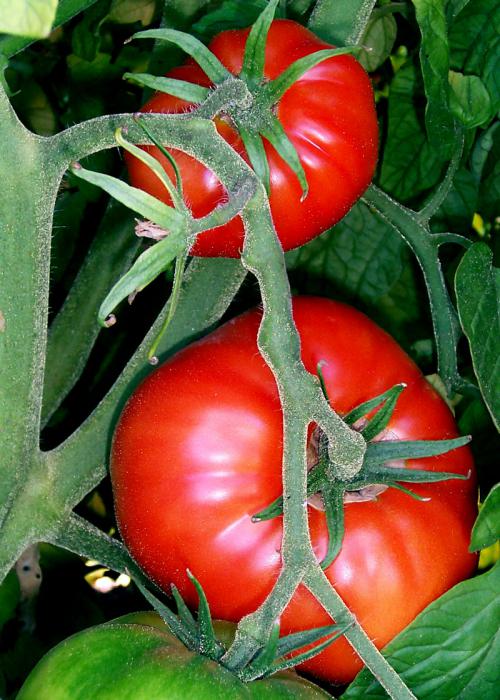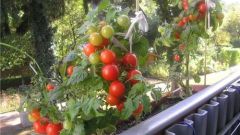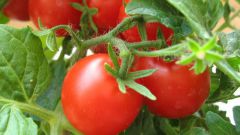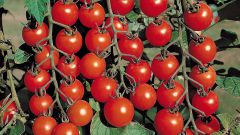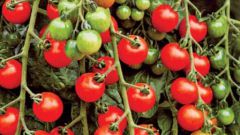Instruction
1
First, you should know that the tomato is a plant that loves light and direct sunlight could not restrain him. To grow tomatoes you need on the Windows, facing South. If the natural light is low, it is necessary to add the fluorescent light. For growing these vegetables on the windowsill best suited tomatoes dwarf varieties.
2
First you need transparent plastic cups (transparency need to control watering). Fill the cups with soil, which must first parboil.
3
When the earth cooled, make 2-3 small holes in it and put the seeds. After this, the cups put in a warm place (about 25°C) and so that the moisture does not evaporate, cover with plastic film. As soon as the sprouts, the cups need to move on a cool windowsill to germs unnecessarily stretched.
4
The first watering should be only when the top soil dries. Need to be watered with warm water and preferably of a rubber bulb, sticking it between the earth and the wall of the Cup (to control humidity). Watering pear is also good for avoiding wetting of the upper soil layer. After a month the seedlings can be transplanted into bigger containers.Caring for tomatoes must pasynkovat, i.e., remove the shoots in the leaf axils. This is necessary to ensure that nutrients are not consumed in the laterals, because this decreases the yield. Enough to leave one stepson from the first inflorescence. Over time, around the stems put the pegs to which they tie. Yellowing leaves need to be removed.
5
It should be noted that 2-3 hours after irrigation, it is desirable to ventilate the room – the tomatoes are not afraid of drafts and at the same time will not be excess moisture. Sufficient watering 2 times a week to maintain moisture in the pot. Every ten days you need to be fertilizing with mineral and organic fertilizers. It would also be useful to spray a special solution leaves of tomatoes.
6
To the tomatoes better started, a couple of times a week to tap on the stem so that the flower brush was shaken. As soon as the fruits are formed, it is necessary to remove the tops of the plants so that the fruit could fully develop.
